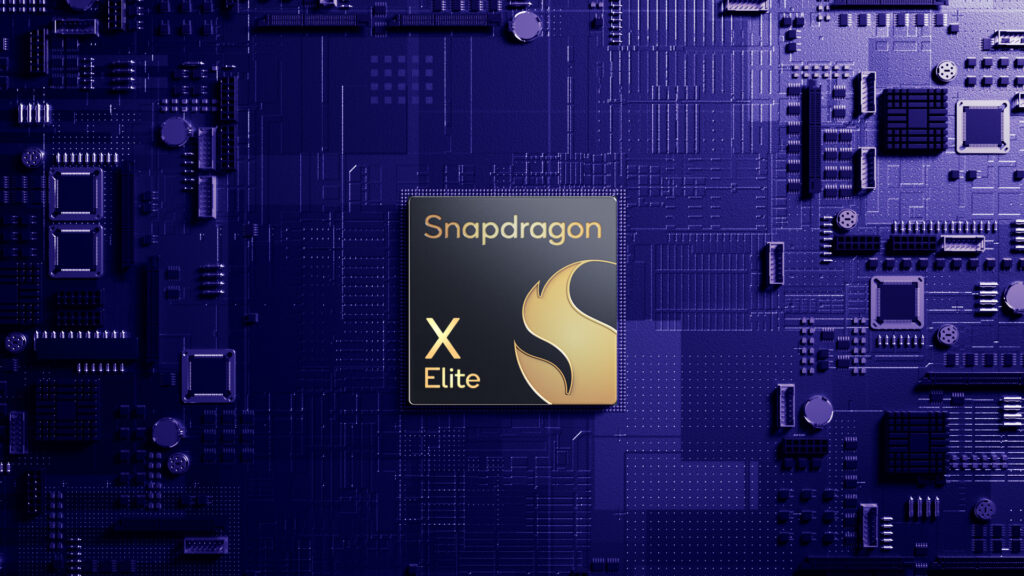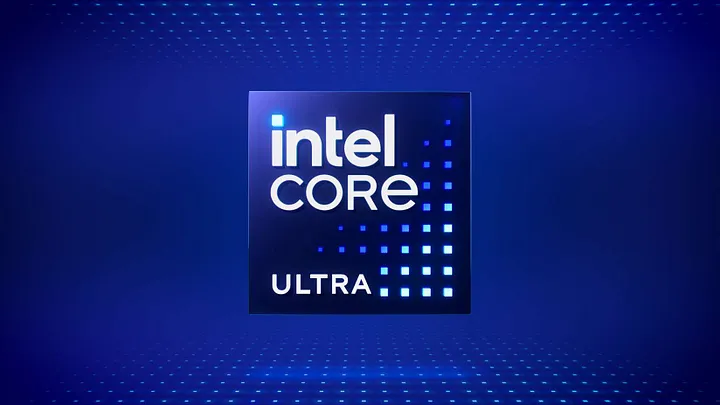Qualcomm’s announcement of the new Qualcomm AI Hub at MWC 2024 last week was a welcome sign of the company’s willingness to promote the development of on-device AI software applications for smartphones and AI PCs powered by its Snapdragon and Qualcomm platforms.
The Qualcomm AI Hub features a library of over 75 AI and generative AI models such as such as Whisper, ControlNet, Stable Diffusion, and Baichuan 7B, which have been optimized for superior on-device AI performance, lower memory utilization, and better power efficiency across different device form factors and packaged in various runtimes.
One of the primary benefits of the Qualcomm AI Hub is its potential to significantly reduce the time-to-market for developers by enabling them to rapidly integrate the advanced AI functionality provided by these models into their applications without the need for extensive customization or optimization efforts. This ease of integration is expected to accelerate the development of AI-enabled apps, offering faster, more reliable, and privacy-focused user experiences.
The Qualcomm AI Hub also supports the running of large multimodal models on Android smartphones and Windows PCs powered by Snapdragon platforms. To showcase potential use cases, the company conducted a couple of demos of its 7+ billion parameter Large Language and Vision Assistant (LLaVA) at MWC. The first one showed how LLaVA can be employed to create an AI assistant for a smartphone that can chat with the user about a photo using text and image inputs. The second demonstrated how LLaVA can accept text and audio inputs such as music and generate conversations with the device user about the audio on a Windows PC.
Although this technology is in its early stages, the benefits of running it directly on devices rather than over the internet are clear, and include better privacy, more dependable performance, the ability to tailor experiences specifically for each user, and reduced costs associated with data transmission and server usage.
The challenge that Qualcomm and its software and device ecosystem partner now face is turning such cool proof-of-concept demos into real-world applications that deliver tangible value to users. It is going to be fascinating to see what they come out with.
Long time technology industry fan here in Taiwan.



